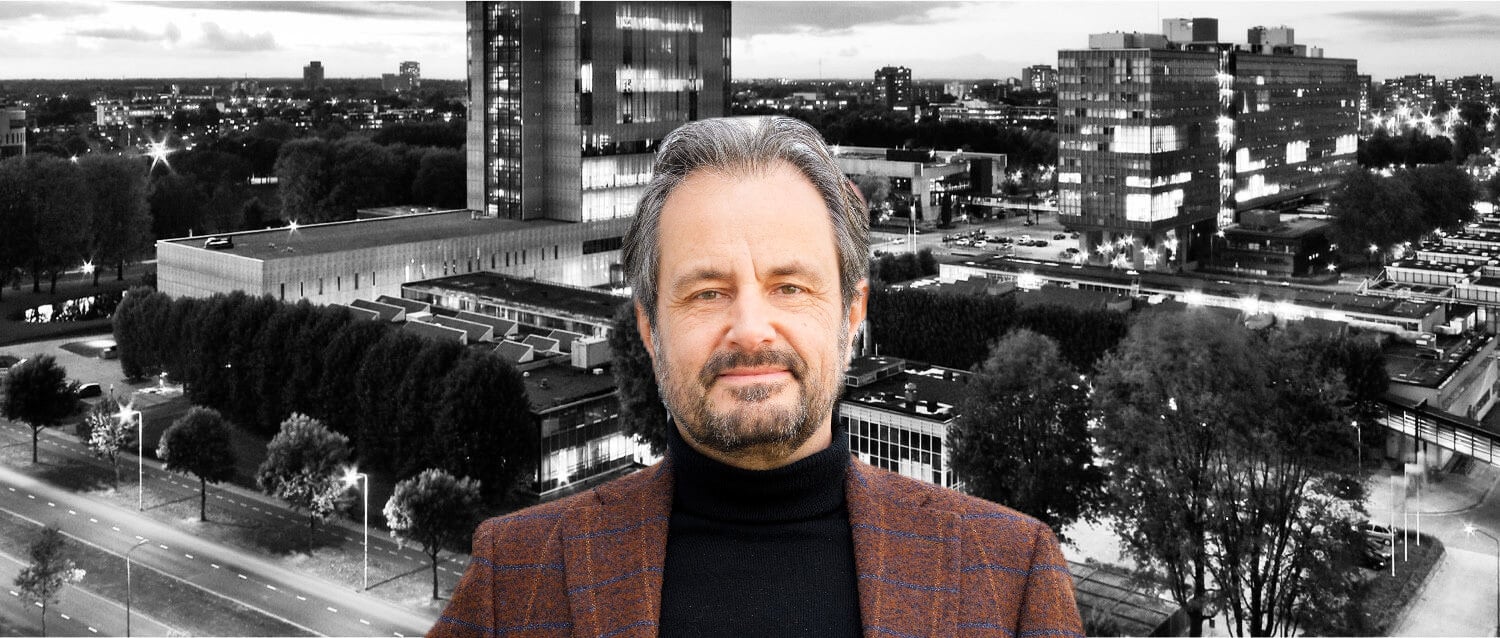
In a weekly column, alternately written by Lucien Engelen, Maarten Steinbuch, Carlo van de Weijer, Daan Kersten and Tessie Hartjes, E52 tries to find out what the future will look like. All five contributors are all working on technologies that can provide solutions to the problems of our time. This Sunday, it‘s Carlo van de Weijer’s turn.
Here are all the prior editions of [TOMORROW IS GOOD]
After years of decline in the number of traffic casualties, we have seen an increase for the second year in a row. This was one of the reasons that the TU Eindhoven was one of in total 32 organizations who called for action last month.
The main cause of accidents is shifting away from the classical overspeeding but because that is easier for public blaming, most of the consequent news focused on the call for more speed enforcement. No, distraction is the new main reason for accidents, especially through the use of our smartphone. Research shows that all drivers spend on average around 5% of driving on their mobile device. And knowing that the chance of an accident in that case is 24 times higher, it means that 60 to 70% of the casualties are currently due to the smartphone. As you can often read: “the car drove on the wrong side of the road for unknown reason”, “the car went off-road for inexplicable reasons”… Stricter enforcement unfortunately offers little grief, it only results in misplaced sturdiness. Driver distraction is almost impossible to enforce in practice.
“Distraction is the new main reason for accidents, especially through the use of our smartphone”,
My personal frustration is that this type of accident can for a big part be prevented by technology that assists the driver when necessary. Advanced Vehicle Assistance Systems (ADAS) such as “Automatic Emergency Braking” and “Lane Guidance”. If designed and implemented well, which increasingly is the case, these technologies significantly reduce the chance of an accident, especially those caused by distraction.
And in terms of the degree of installation of exactly these types of systems, the car fleet in the Netherlands lags behind, as a joint study of TU Delft and TU Eindhoven showed. Of 28 European countries we are in place 25… This is for a significant part an unintended side effect of high taxes on cars and the recent policy of stimulating small and energy efficient cars, but that aside.
Recently, I had an interesting conversation with a Dutch engineer who works for a large German car manufacturer. He has been working on the development of the above-mentioned ADAS safety systems for years. He was interviewed at a fair and proudly told about the impressive safety performance of cars equiped with ADAS.
Recently, three years after the interview, he received a message from the US. He was called to witness in a trial about a man who had died in a car of the particular brand. The attorney who assisted the family had seen his interview on Youtube. The car in which the accident occurred was not equipped with the mentioned security options and based on his comments, the attorney’s conclusion was that his employer had deliberately sold an unsafe car. The technique that could have prevented the accident was consciously left out of the vehicle. Manslaughter. The poor engineer was called to the United States to testify in the process.
My first reaction was one of amazement about at the typical American claim culture that the victim is looking for in everyone. But if you know that most accidents can be avoided with technology that is already on the shelf…
As part of our ambition to lay ahead in the application of autonomous cars in the Netherlands, we need to work hard to increase the implementation of assistance systems, by stimulation or even commitment. Only the financial damage of all accidents that could be avoided would make it financially close, independent of all the emotional damage that can be prevented.
Perhaps we should quickly qualify the lack of these techniques in new cars as “manslaughter”.

